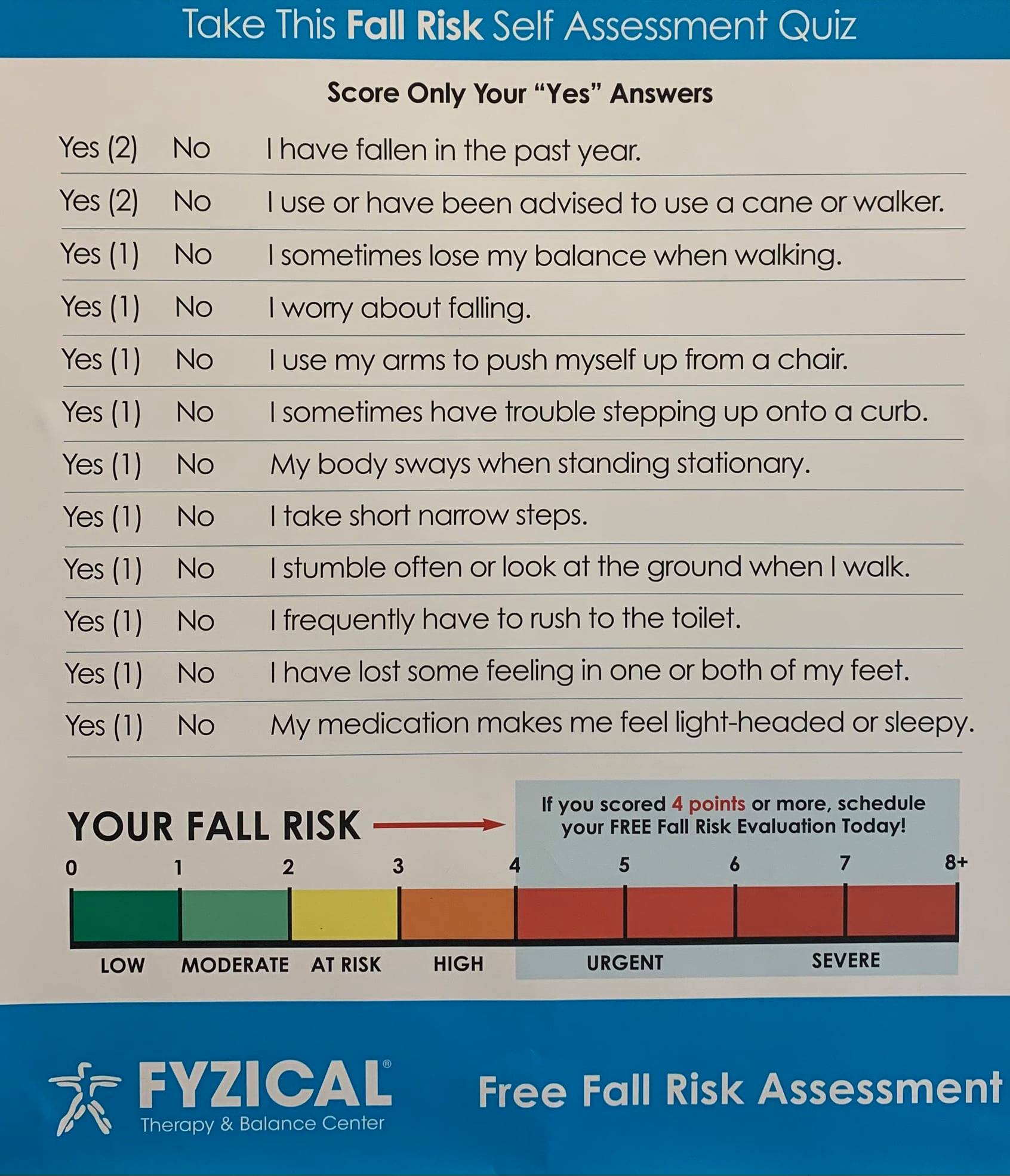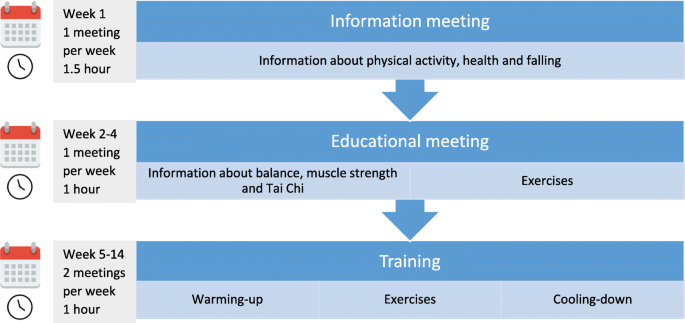The 10-Minute Rule for Dementia Fall Risk
The 10-Minute Rule for Dementia Fall Risk
Blog Article
What Does Dementia Fall Risk Do?
Table of ContentsUnknown Facts About Dementia Fall RiskDementia Fall Risk Fundamentals ExplainedNot known Details About Dementia Fall Risk The Only Guide for Dementia Fall RiskThe Buzz on Dementia Fall Risk
However, based upon symptoms and signs, such as proof of head injury or a brand-new focal neurologic shortage, calculated tomography or MRI of the brain might be suggested - Dementia Fall Risk. An analysis for sources of syncope should be performed just if there is solid suspicion, as in the situation of frequent, inexplicable drops
Medical care suppliers utilize a fall risk analysis to recognize your risk elements for dropping and make practical suggestions. A loss threat evaluation is vital due to the fact that understanding which variables boost your chances of falling helps you: Lessen your risk of dropping or injuring yourself.
Maximize your capacity to move and be energetic. Maintain a healthy and balanced, independent life. All grownups 65 years and older must have a preliminary autumn danger testing. Your healthcare provider may ask you whether you: Feeling unsteady when standing or strolling. Have dropped in the previous year. Stress over falling. If you respond to yes to any one of these concerns, your doctor will suggest an extra, more thorough analysis.
The smart Trick of Dementia Fall Risk That Nobody is Discussing

, and goals particularly tailored to people that are at danger for drops. A is defined as an occasion that results in an individual coming to relax accidentally on the ground or flooring or other click lower Check Out Your URL degree (WHO, 2021).
Falling is the second leading cause of death from unintentional injuries globally. It is estimated that fall fatality prices in the United state
An Unbiased View of Dementia Fall Risk
If this price continues, the CDC anticipates 7 autumn fatalities every hour by 2030.
Yearly, over 800,000 people are hospitalized due to drops. Registered nurses play a major function in avoiding succumbs to their clients through education and learning, evaluating autumn threat, creating safer environments, and offering interventions in avoiding injuries from falls. Numerous risk variables and problems add to falls, including the following:. Aged 65 years and older; lower limb prosthesis; use assistive tools such as pedestrian, crane, and mobility device; living alone.
Falls are due to a number of variables, and a holistic strategy to the individual and setting is crucial. Intend a person is thought about at high threat for drops after the testing.
The Definitive Guide to Dementia Fall Risk
A requires utilizing a confirmed tool that scientists have actually analyzed to be useful in naming the causes of drops in an individual. As a person's health and wellness and circumstances adjustment, reassessment is needed. The level of loss threat can be determined utilizing the evaluation of innate and extrinsic factors. Criterion assessment tools can also be utilized (reviewed below).
People are more most likely to drop once again if they have actually maintained one or even more drops in the past six months. The older populace is at enhanced threat of fall-related readmissions based on a research identifying the aspects predictive of repeat falls associated results (Prabhakaran et al., 2020).
In addition, confusion and damaged judgment increase the person's chance of falling. The capability of individuals to safeguard themselves from drops is affected by such elements as age and advancement. Older people with weak muscular tissues are most likely to drop than those that preserve muscle mass over at this website toughness, adaptability, and endurance. These changes consist of minimized visual feature, impaired color understanding, modification in center of mass, unsteady stride, reduced muscle toughness, decreased endurance, altered depth assumption, and delayed feedback and reaction times.
The Of Dementia Fall Risk
Less contrast level of sensitivity was rather connected with both increased prices of drops and various other injuries, while decreased visual skill was only associated with raised loss rate (Wood et al., 2011). Sensory assumption of environmental stimulations is paramount to safety. Vision and hearing problems limit the individual's ability to regard threats in the environments.
Older grownups who have poor balance or difficulty strolling are more most likely to fall., or various other clinical problems and treatments., and use of psychotropic medications (Stanmore et al., 2013).
Report this page